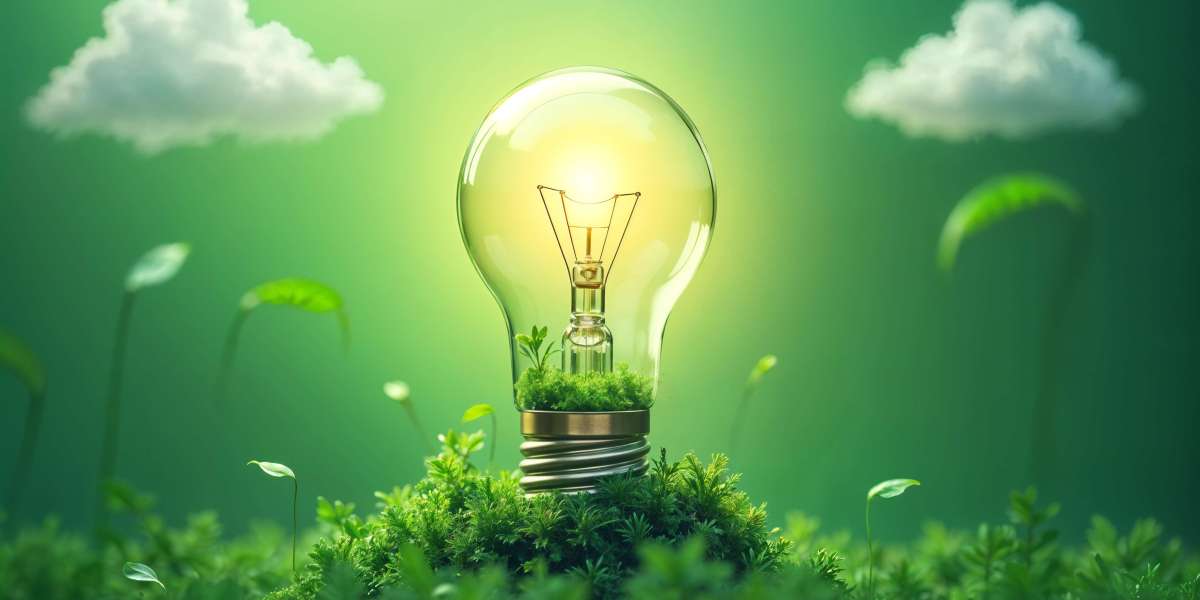The global appetite for energy is growing—and so is our understanding of what truly powers a sustainable future. For decades, we leaned heavily on fossil fuels. But today, a quiet revolution is reshaping the way we think about power. Renewable sources are no longer side players; they're moving to center stage. Among these, solar remains a frontrunner, but 2025 is witnessing a wider diversification in how we generate clean energy—hydrogen, bioenergy, and even ocean-based technologies are carving their space.
Let’s explore how this new chapter in green energy is unfolding.
Solar Energy: Still Shining Bright
Even in 2025, solar continues to lead the renewable charge. But it’s not the same old solar. The panels are thinner, more efficient, and more accessible. Home rooftops aren’t the only surfaces catching rays now—glass windows in high-rises and even flexible materials on clothing are being developed to harness the sun’s energy.
Additionally, energy storage solutions have caught up. The challenge used to be: what happens when the sun isn’t shining? Now, with newer lithium-sulfur and sodium-ion batteries entering the market, storing solar power has become more practical than ever before.
More governments are also encouraging "solar rooftops" through policy incentives, making decentralized power a reality for small towns and urban neighborhoods alike.
The Rise of Green Hydrogen
Perhaps the most talked-about innovation of 2025 is green hydrogen. While hydrogen itself isn’t new, producing it without carbon emissions is. Green hydrogen is created by splitting water molecules using electricity derived from renewables. The process emits zero greenhouse gases, making it a favorite in long-term climate strategies.
But why is hydrogen such a game-changer?
Its high energy content means it can fuel industries that have long resisted electrification—like steel production, shipping, and aviation. Countries like Japan, Germany, and India are investing heavily in hydrogen corridors and infrastructure, ensuring this fuel of the future has a strong foundation.
It’s also worth noting that storage and transportation challenges, once a major barrier, are being addressed with innovations in cryogenic tanks and pipeline retrofitting.
Bioenergy: Waste Not, Want Not
While solar and hydrogen dominate headlines, bioenergy is silently becoming a significant player in the mix. Organic waste—whether it’s agricultural residue, food scraps, or sewage—is now being repurposed as a powerful energy source.
Biogas plants, especially in rural and semi-urban areas, are proving that sustainability and local economy can go hand in hand. The technology converts organic matter into methane, which can be used for cooking, heating, or even electricity generation.
In 2025, we're also seeing hybrid systems where bioenergy complements solar or wind, ensuring energy supply remains stable regardless of weather conditions.
Wind Energy and Offshore Developments
Though not new, wind energy continues to evolve. Taller turbines, with blades the length of football fields, are generating more electricity than ever before. Offshore wind farms are expanding rapidly, thanks to advancements in floating turbine platforms. This means countries without large coastlines can still harness the winds over deeper waters.
Scotland, China, and parts of the Indian coastline are all witnessing a boom in offshore projects. These farms not only produce massive amounts of clean power but also generate employment and support regional development.
Ocean and Tidal Energy: The New Frontier
Wave and tidal power may not be mainstream yet, but 2025 has brought promising prototypes and pilot projects. These systems tap into the rhythmic movement of oceans to produce energy. While the costs are still high and scalability is under testing, they offer a unique advantage—predictability. Unlike solar or wind, tidal cycles are highly predictable, which could help stabilize energy grids in the future.
Smart Grids and Energy Storage: Tying It All Together
Diverse energy sources require smarter ways to manage supply and demand. Enter smart grids—digital systems that balance power generation with real-time consumption. These systems detect where energy is needed and where it can be stored, reducing wastage and improving reliability.
Battery tech is improving in parallel. Innovations like gravity storage, compressed air energy systems, and even thermal storage (where energy is stored as heat) are being explored, giving us more ways to hold onto the energy we generate.
Shifting Mindsets and Corporate Commitment
Beyond technology, a cultural shift is in motion. Energy isn’t just about supply—it’s now tied to identity, ethics, and branding. Companies that embrace renewables aren’t just saving on bills—they’re investing in their credibility. Investors, too, are prioritizing firms that show real commitment to clean energy and reduced emissions.
That’s where the role of transparent communication becomes critical. As green strategies become business essentials, companies are seeking out experts to help them communicate their progress. One such partner is a sustainability report design agency, helping translate complex data into reports that resonate with stakeholders. These reports go beyond compliance—they reflect intent, vision, and the drive for genuine change.
Looking Ahead
2025 marks a turning point. We're no longer just trying to "go green"; we're reimagining how power is produced, stored, and distributed. From solar breakthroughs and hydrogen innovations to overlooked but vital contributors like bioenergy and ocean tech, the renewable landscape is richer than ever.
This isn't just about cleaner air or reducing carbon footprints—it’s about resilience, independence, and future-readiness. The energy transition is here, and it’s not just the environment that stands to gain—it’s every one of us.



